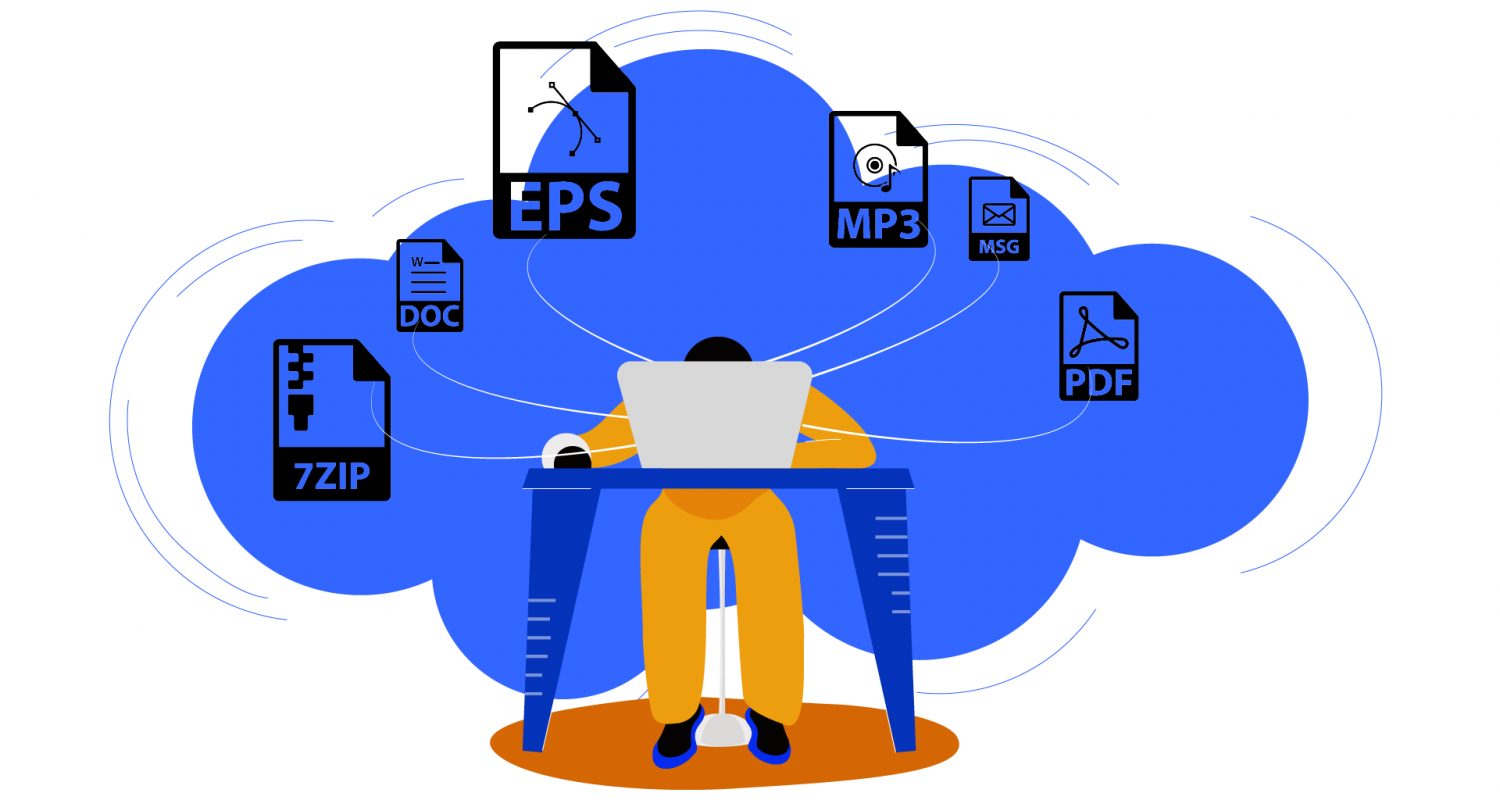Cloud technology has entered the world far and wide. Many companies are inspired by such popularity of the technology and are starting to think about how to make a cloud-based application. You can develop a cloud-based application in six steps:
Step 1: market research
The first step of the cloud application development process is studying the market landscape and your competition. Analyzing competitors is one of the best ways to validate a project idea since they are a valuable source of real-world evidence.
Step 2: hire a development team
Cloud-based application development is a complex process that requires the involvement of highly experienced technical specialists.
When it comes to hiring a cloud application development companies, you have a few options: Freelance developers, In-house developers, Outsource company.
Step 3: decide on functionality
Depending on the purpose of cloud-based application development, you will need to decide on the app’s functionality. Usually, this stage is performed together with your development company and specialists that can assist you in coming up with the needed functionality for your solution.
Step 4: choose a tech stack
Choosing the technology to develop a cloud-based app needs to be performed together with professionals who have deep technical knowledge.
You will also need to choose cloud application development platforms, additional integrations and third-party services that will form the main functionality of your application.
Step 5: choose a monetization model
If you are going to release your solution to the wide public, you will need to decide on the monetization strategy. For example, if you build a SaaS, the following pricing models are available: Subscription, Freemium, Advertising.
Step 6: design & develop your app
This stage of cloud-based application development is dedicated to creating a user interface and coding of the functionality. Don’t try to copycat an already existing application. Try to come up with a unique design and don’t sacrifice user experience for a good image.
Step 7: test & launch
The final stage of cloud-based application development is app testing. QA engineers conduct different types of tests to ensure that an app doesn’t have any bugs, security and performance issues. When done with testing, it’s time to launch your application to the market.
Types of cloud-based applications
There are a number of cloud-based solutions that you can build. Let’s review each type of take a look at the most famous examples.
Software as a service (SAAS)
This is the most popular type of cloud application. Such solutions can be used via mobile or browser without installing and configuring an app. Since such apps don’t overuse the device’s resources, users can use such apps on any device. They don’t also need to purchase the software and pay for each released update.
SaaS Examples: GSuite, Slack, Dropbox
Platform as a service (PAAS)
Such platforms are designed to simplify the development process and offer all the necessary means for developing applications. PaaS provides different development tools, middleware, operating systems, database management and infrastructure.
PaaS Examples: Apache Stratos, Windows Azure, Heroku, AWS Elastic Beanstalk, OpenShift
Infrastructure as a service (IAAS)
IaaS allows building products without developing basic components from scratch. Providers of IaaS solutions provide businesses with servers, network, visualization and storage. Business owners need to create middleware (API) for an application to interact with its operating system.
IaaS Examples: Google Compute Engine, Amazon Web Services, Microsoft Azure, DigitalOcean
If you are considering cloud-based application development for your business, this article will uncover the key details needed for making the right choice.





